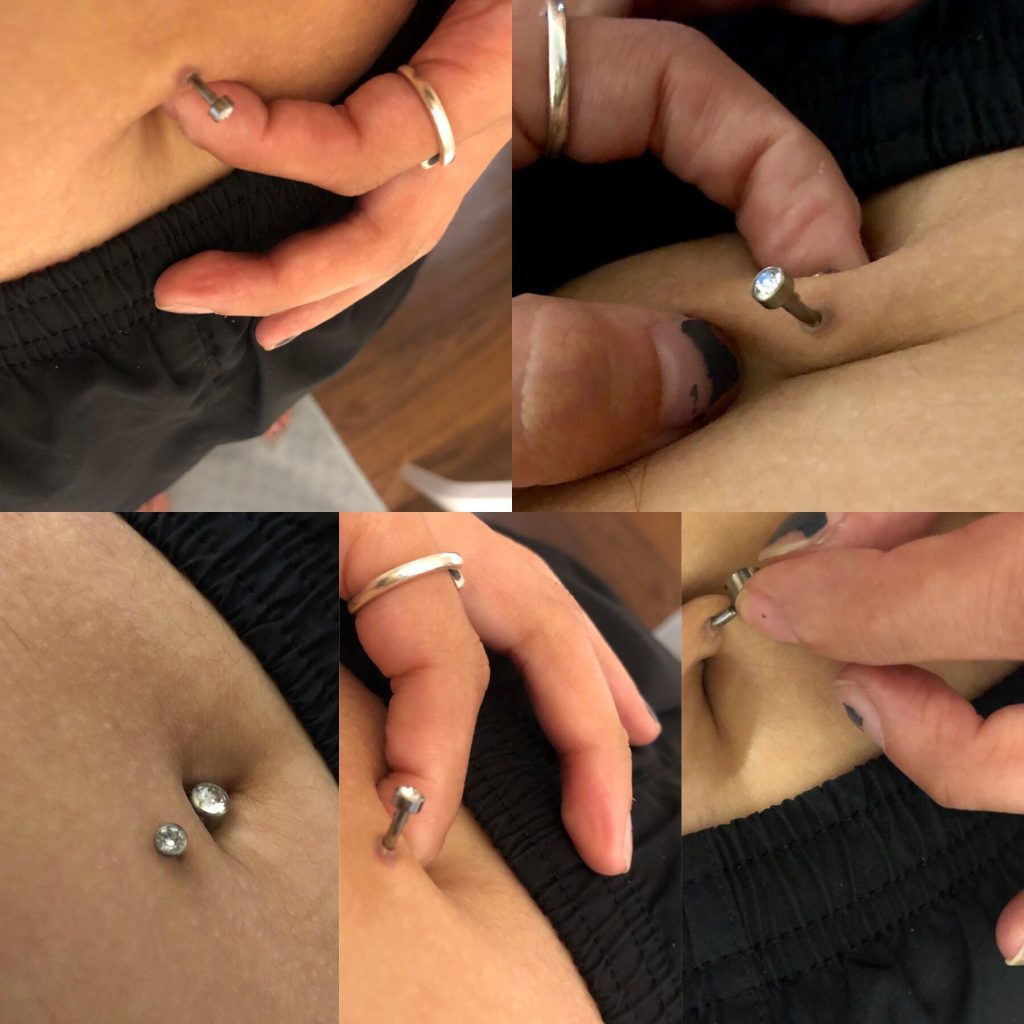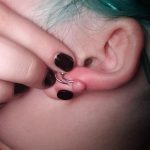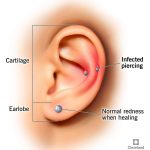Getting a navel piercing is exciting. It adds a unique touch to your look. But when can you change it? This question is common among new piercees. In this article, we will explore the timeline for changing your navel piercing. We will also discuss how to care for it during healing.

Credit: www.reddit.com
Understanding Navel Piercing
A navel piercing is a hole made in the skin near your belly button. Many people choose this type of piercing. It is often done for fashion or personal expression. However, it is important to take care of it properly.
Healing Time for Navel Piercings
Healing time varies from person to person. Generally, navel piercings take about six months to a year to heal. This period depends on various factors, such as:
- Your body’s healing ability
- How well you care for the piercing
- Any infections or complications
During this time, you should keep an eye on the piercing. Look for signs of infection. If you notice redness, swelling, or pus, consult a professional.
When Can I Change My Navel Piercing?
It is best to wait until your piercing is fully healed before changing it. Most people can change their navel piercing after about six months. However, some may need to wait a year. Listen to your body. If it feels sore or tender, wait longer.
Signs Your Navel Piercing is Healed
How do you know if your navel piercing is healed? Here are some signs to look for:
- No pain when touching the area
- No redness or swelling
- No discharge or crusting
- Skin looks normal and healthy
If you see all these signs, your piercing is likely healed. If you are unsure, consult your piercer. They can help you decide if it is time to change it.
Choosing the Right Jewelry
Once you are ready to change your navel piercing, choose the right jewelry. Look for materials that are safe for your body. Good choices include:
- Titanium
- Niobium
- Gold (14k or higher)
Avoid jewelry made of cheap metal. It can cause allergic reactions. Always prioritize your health.

Credit: www.wikihow.com
How to Change Your Navel Piercing
When you decide to change your navel piercing, follow these steps:
- Wash your hands thoroughly.
- Clean the area around the piercing with saline solution.
- Carefully unscrew the old jewelry.
- Insert the new jewelry gently.
- Secure it in place by screwing it tight.
If you feel nervous, ask a friend or a professional for help. They can guide you through the process.
Aftercare for Your Navel Piercing
Even after changing your navel piercing, care is important. Here are some tips for aftercare:
- Clean the area daily with saline solution.
- Avoid swimming in pools or hot tubs.
- Wear loose clothing to prevent irritation.
- Do not touch the piercing with dirty hands.
Taking care of your piercing will help it stay healthy. If you notice any issues, consult a professional.
Common Problems with Navel Piercings
Sometimes, navel piercings can have problems. Here are some common issues:
- Infection
- Allergic reactions
- Rejection (the body pushes the jewelry out)
- Keloids (raised scars)
If you experience any of these, seek professional help. They can provide the right treatment.
Final Thoughts
Changing your navel piercing is exciting. However, patience is key. Wait for your piercing to heal fully. This usually takes six months to a year. Always listen to your body. If something feels off, take your time.
Follow the aftercare tips to keep your piercing healthy. Choose the right jewelry and change it carefully. Enjoy your beautiful navel piercing, and take good care of it!
Frequently Asked Questions
How Long Should I Wait To Change My Navel Piercing?
Wait at least 6 to 12 months after getting pierced. This time allows for proper healing.
What Signs Show My Piercing Is Ready To Change?
Look for no pain, no swelling, and no discharge. These mean your piercing has healed.
Can I Change My Navel Piercing Too Early?
Changing too early can cause irritation or infection. Always wait for full healing.
What Type Of Jewelry Is Best For A New Navel Piercing?
Use surgical stainless steel or titanium. These materials are safe and less likely to irritate.




